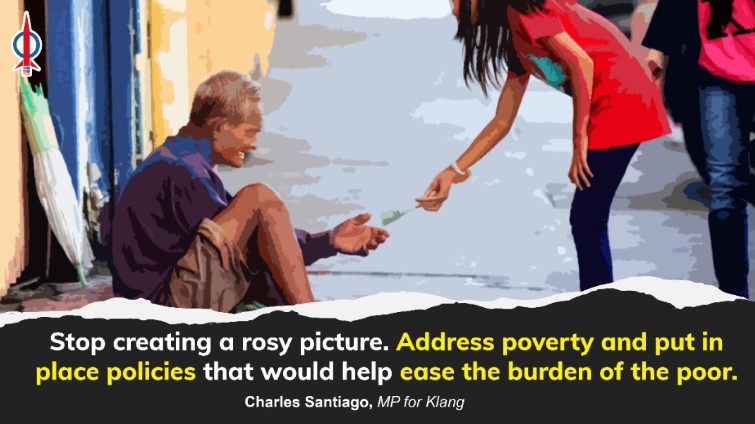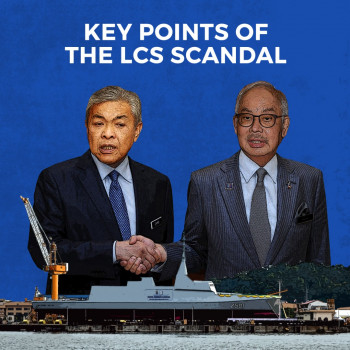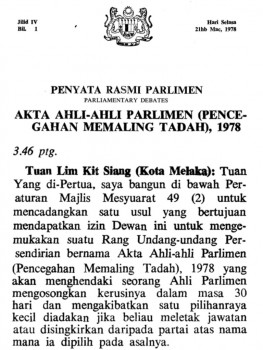A rosy picture vs ground reality

It’s really not about creating a pretty picture by winging numbers.
Especially when it deals with addressing poverty and putting in place policies that would help ease the burden of the poor.
In the same vein, the government’s Poverty Line Income (PLI) should not be politicized but an accurate reflection of socio-economic reality.
Perikatan Nasional recently announced a new 2019 PLI measurement of RM2208 involving a new methodology.
Do government policy makers have selective amnesia? Have they conveniently forgotten the huge financial ramifications of the Covid-19 on the poor and those who lost jobs and income?
Let me help jolt their memory: as of July 2020, about 826,100 people are unemployed and about four million EPF contributors withdrew funds from their i-Lestari savings. These are workers who have lost their jobs, got a pay cut or have been asked to go on long leave without salaries.
Were these issues factored into the PLI?
It is equally baffling to note that the same policy makers actually believe that a family of four can survive in an urban area paying RM1170 towards rental, clothing, transportation, healthcare, education and essential payments.
The PLI of RM2208 is divided into two categories: food amounting to RM1038 and non-food (clothing, rental, education, transportation etc) expenditure totalling RM 1170.
Undervaluing non-food expenditure has ramifications for the accuracy of the poverty line income.
This is because non-food expenditure constitutes slightly less than fifty two percent of the total PLI. This is a significant contrast to EPFs Belanjawanku share of non-food expenditure of about seventy-seven percent.

Such inaccurate weightage of the non-food component will result in skewed PLI measurement, leading to an underestimation in the number of people in poverty.
And is it really possible for a family of four or even two people for that matter to survive on RM1169 for food provisions?
Is this why UNICEF’s report for 2019 says that 20.7 per cent of our children under five suffer from stunting and 11.5 per cent from wasting, 12.7 per cent of children (5–19-year-olds) are obese because they don’t eat the right food or enough of the right foods?
Clearly, this is the total and unmitigated underestimation of the cost of living factored in the composition of PLI measurement.
The Poverty Line Income is also far from satisfactory in accurately representing the cost of living in urban Malaysia, given recent studies on cost of living in major cities in Peninsular Malaysia.
They point out that cost of living in urban areas are approximately thirty percent higher than the one estimated by the government’s PLI.
EPFs 2019 Belanjawaku comprehensive guide for the different Malaysian households posits the basic living wage in an urban environment was about RM 2490 for a single adult, RM 4420 for a couple without children, RM 6620 for a couple with two children and RM 3089 for an elderly couple.
Isn’t it ironic that EPF’s Belanjawaku and government’s PLI study, done in the same year, show a vast difference in estimating the cost of living?
The political purpose of keeping PLI low is to showcase the country’s success in eliminating poverty. Households with monthly incomes below the PLI level are considered poor.
But we now know that the PLI of RM2208 is absolute rubbish.
Malaysia should, therefore, aspire for a higher PLI benchmark given its status of an upper-middle income country and to accurately reflect the change in income and identify poor households.
A higher poverty income level might be the first step towards addressing poverty in a sustainable and comprehensive manner.
Or the country will still be stuck with deepening poverty and growing inequality, leaving generations of people behind.
Charles Santiago
Member of Parliament, Klang.



